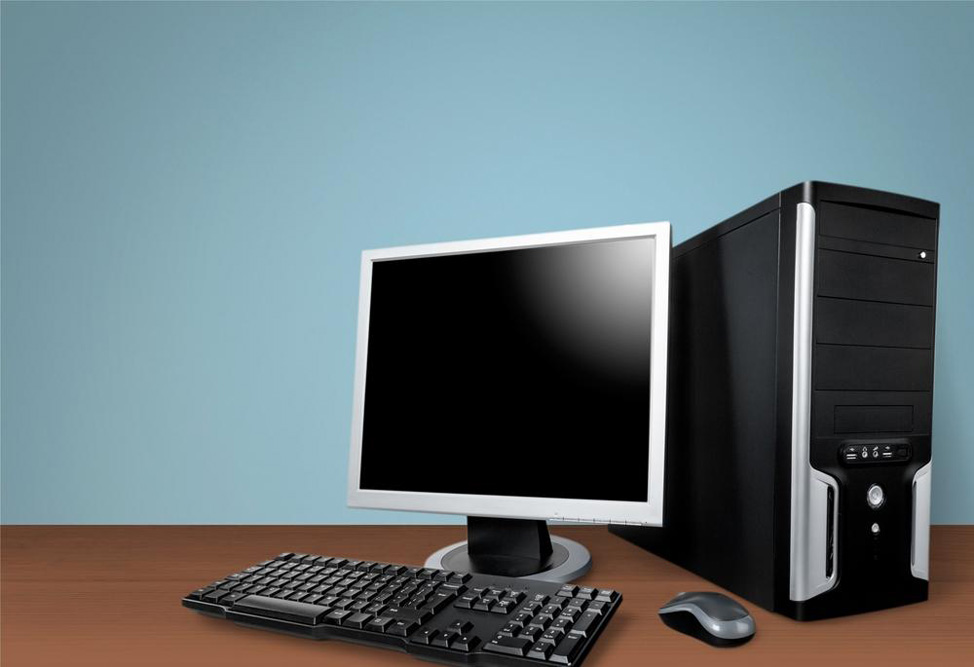Comprehensive Guide to Choosing the Perfect Desktop Computer for Your Needs
Choosing the right desktop computer involves understanding your needs, evaluating key components like processor and display, and balancing budget and performance. This comprehensive guide helps users make informed decisions for a durable, high-performing machine tailored to their specific requirements, whether for professional tasks, gaming, or casual use.

Comprehensive Guide to Choosing the Perfect Desktop Computer for Your Needs
Despite the rise of laptops and mobile devices, desktop computers continue to hold a significant place in both professional and personal computing. They offer unmatched performance, expandability, and durability, making them an essential tool for various users—from gamers and creative professionals to office workers and home users. Selecting the right desktop computer can be a complex process with numerous options available. To help you make an informed and confident decision, this comprehensive guide covers all the critical factors to consider before purchasing your new desktop.
First and foremost, establishing a clear budget is crucial. Desktop computers come in a wide range of prices, from budget-friendly models to high-end machines with cutting-edge features. Identifying how much you're willing to spend ensures you can focus your search on options that provide the best value for your money. Define your primary needs—are you looking for a machine for basic internet browsing and word processing, or do you require a powerful system for gaming, video editing, or 3D rendering? Clarifying your core requirements will help narrow down the specifications you need to prioritize.
Determining Your Core Needs
Knowing what you intend to use your desktop for is vital in choosing the right components. For casual tasks such as browsing the internet, streaming videos, and using office applications, a mid-range desktop with a decent processor, adequate RAM, and integrated graphics will suffice. However, if you're involved in resource-intensive tasks like gaming, graphic design, or video production, you'll need higher specifications, including a robust processor, dedicated graphics card, and larger RAM capacity.
Processor Selection: The Brain of Your Desktop
The processor, or CPU, is arguably the most critical component of your desktop. When evaluating processors, consider core count and clock speed. Modern processors often have multiple cores—quad-core, hexa-core, or even octa-core—as they can handle multitasking more efficiently. A higher clock speed (measured in GHz) translates to faster processing power, which is beneficial for demanding applications.
Popular CPU brands include Intel and AMD, each offering a range of options tailored to different needs and budgets. For most everyday tasks, a mid-range processor from these brands will perform adequately. For high-performance needs, look into the latest generation of processors with higher core counts and faster speeds. Additionally, consider future-proofing by selecting a CPU that aligns with upcoming software requirements.
Choosing Between All-in-One and Traditional Desktops
Your next decision revolves around form factors. All-in-one PCs combine the CPU and monitor into a single unit, offering sleek design and saving space—ideal for small offices or minimalist setups. Traditional desktops, featuring separate towers and monitors, typically offer better upgradeability, more ports, and higher customization options.
If portability isn't a primary concern, and you prefer easy maintenance and upgrades, a traditional tower might be the better choice. Conversely, if space-saving design and aesthetics are your main priorities, an all-in-one could serve you well.
Display Size and Quality
Display considerations are crucial, especially if your work involves detailed graphics, video editing, or gaming. Screen size impacts your comfort and productivity—larger screens (27 inches or more) provide more workspace, which can be beneficial for multitasking and creative work. Screen resolution also matters: Full HD (1080p) is standard, but higher resolutions like 1440p or 4K offer sharper images for professionals needing color accuracy and detail.
Connectivity and External Devices
A vital aspect of choosing a desktop is ensuring it can connect seamlessly with your external peripherals—printers, external drives, speakers, monitors, and more. Check the number and types of ports, including USB 3.0/3.1, USB-C, HDMI, DisplayPort, and audio jacks. Compatibility with external devices enhances your overall user experience and can save you money by avoiding the need for extra adapters.
Compare Prices and Evaluate Value
Always compare prices across different retailers and brands. Look for deals, discounts, and bundle offers that include accessories like keyboards, mice, or software. Besides initial cost, consider the long-term value—think about warranty coverage, customer support, and upgrade options. Investing in a quality desktop with a good warranty can save you money on repairs and upgrades in the future.
Research and Purchase Tips
Take ample time to research various models online, read user reviews, and visit physical stores if possible. Don't hesitate to ask sales associates about current promotions, after-sales service, and additional accessories that could enhance your desktop experience. Remember, buying a desktop is an investment, and making an informed decision ensures satisfaction and longevity of your system.




